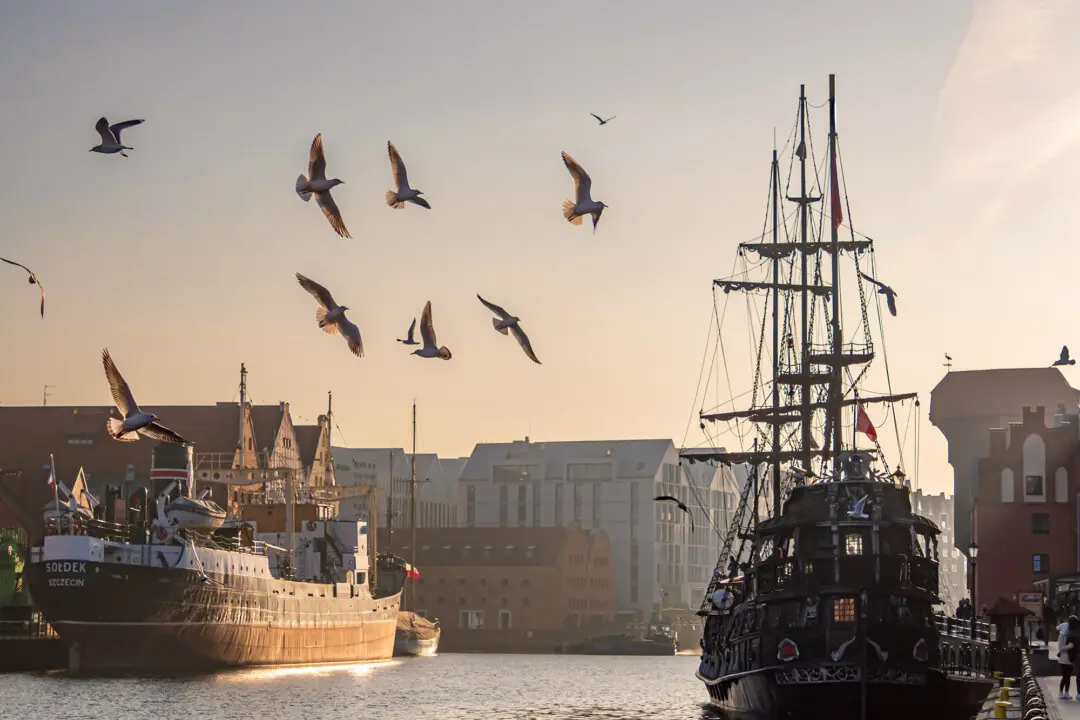Out of context, without the background, it would appear to be completely bizarre behavior. Gathered here in this plaza by the hundreds, everyone is doing strange things. One man holds his arms up and to the side, the palms of his hands flat, as if pushing back some strong, invisible force. A woman in a sparkling dress pretends to kick something down, a look of determination on her face. Still others squeeze their fingers together, seeming to dangle an unseen object. And everybody’s getting their photo taken in the act.
Behind them all—the Leaning Tower of Pisa.





